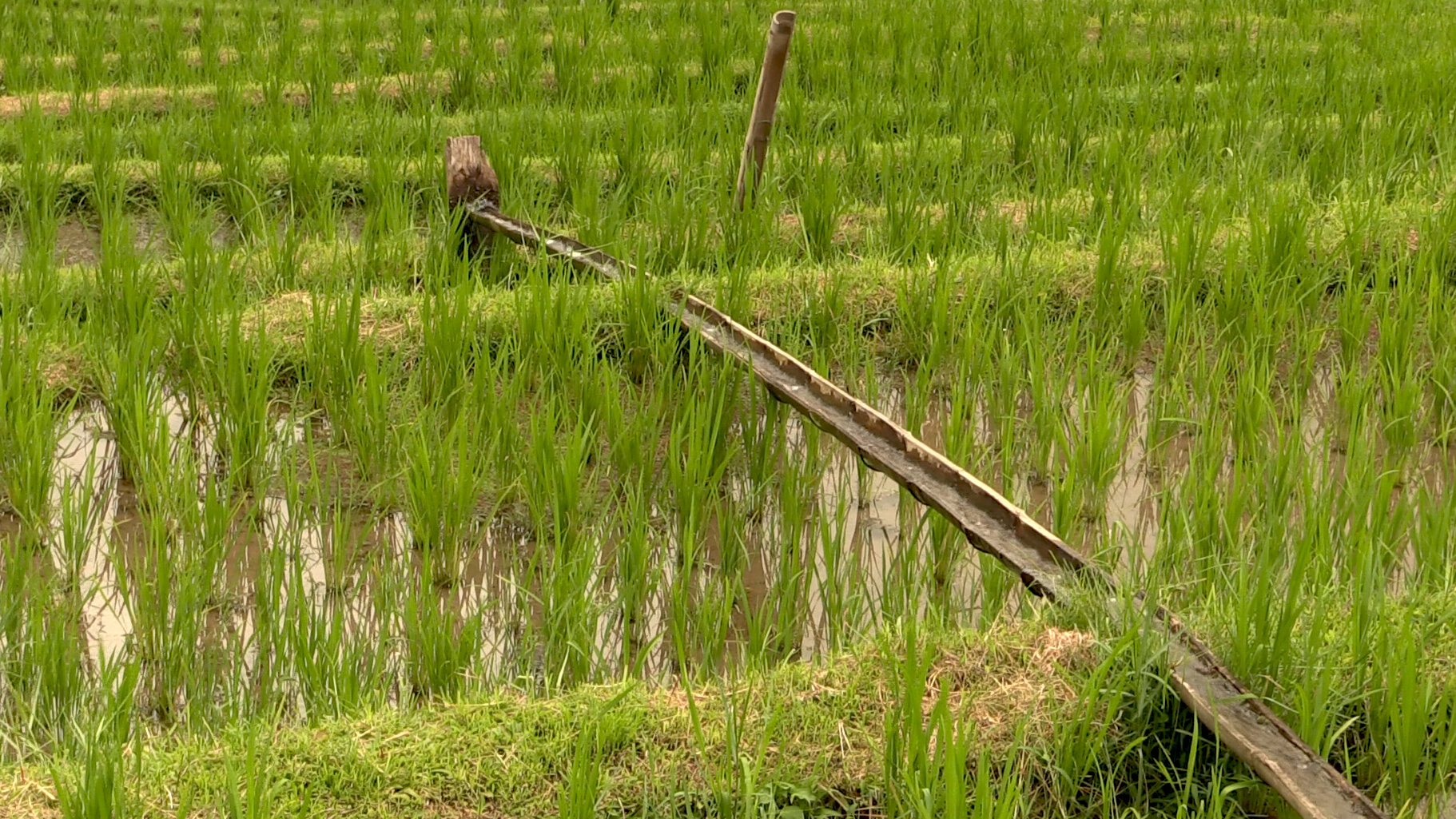This uneasy coincidence of Marxist and liberal doctrine was also to be found in Wittfogel’s own biography. A committed communist in Germany in the 1920s, the historian became an equally vocal critic of the Soviet Union after taking refuge the United States in the 1934. His convictions, amplified by the force of the events through which he had lived, were perhaps intended to be provocative, but were actually widely accepted by a generation of scholars.
Clifford Geertz, Negara: The Theatre State in Nineteenth-Century Bali (Princeton, 1980), 13.
J. Stephen Lansing, Perfect Order: Recognizing Complexity in Bali (Princeton: Princeton University Press, 2006).
J. Stephen Lansing, Priests and Programmers (Princeton: Princeton University Press, 1991).
